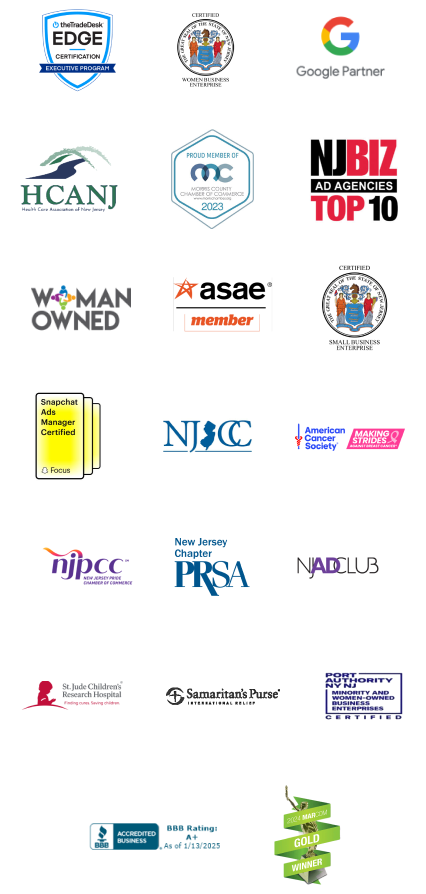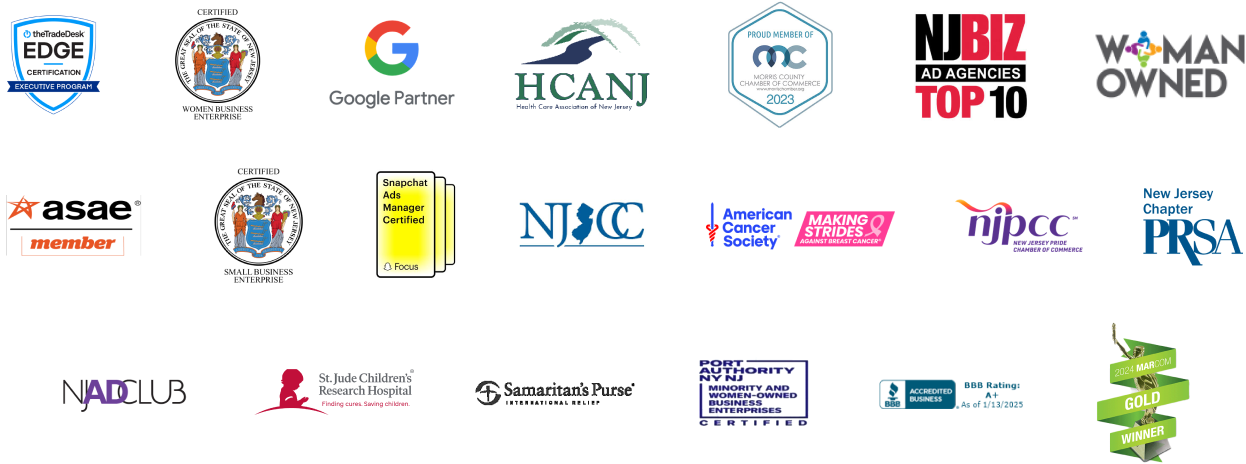PR in Healthcare

Today, more than ever, there is so much misinformation in the healthcare space, which impacts people’s ability to make informed decisions and receive quality care they need. There is also a lack of understanding when it comes to resources available to individuals with multiple health conditions.
The History of Podcasting

The history of podcasting is celebrated each year on International Podcast Day. Each September 30th, over the past two decades we recognize a valuable opportunity for podcasters and their listeners to connect online.
There are various reasons for creating and distributing a podcast, with emphasis on entertaining, educating, and promoting.
Wherever You Go, There You Are
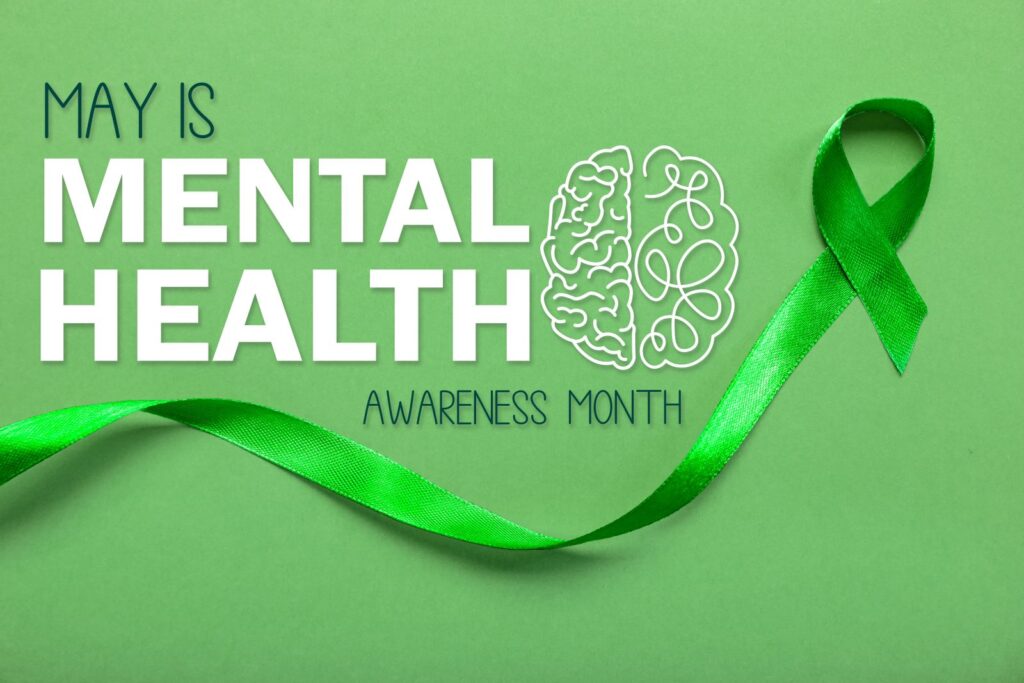
On January 31, 2024, Elmo said to followers via X/Twitter, “Elmo is just checking in! How is everybody doing?”
One response was “Elmo, we are tired.” Another was, “Elmo girl…
Valentine’s Day: What’s with all the hype?
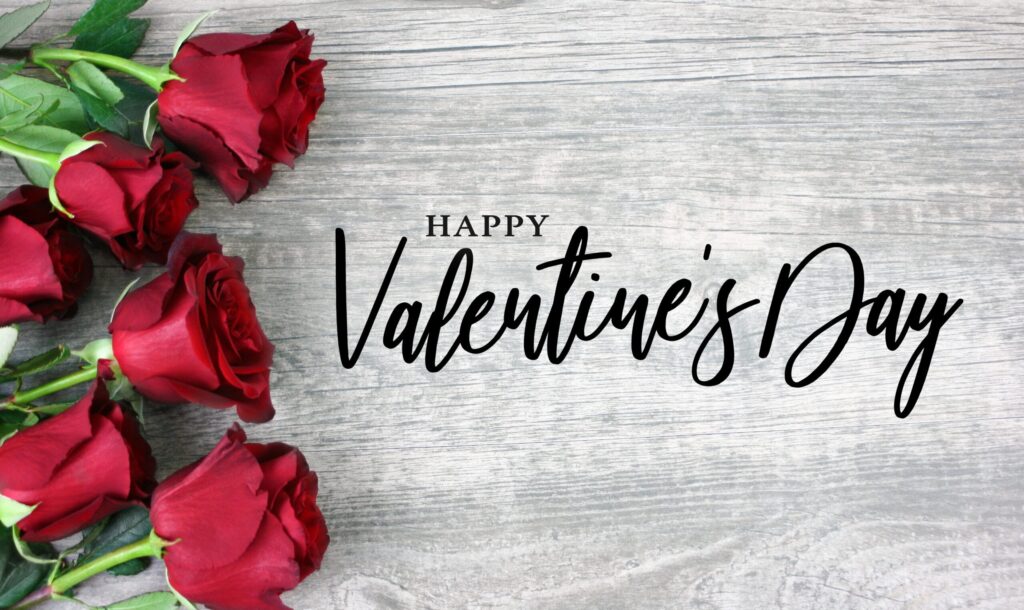
Each year, just prior to February 14, sweethearts the world over strip every retail location of chocolates, roses, and those greeting cards with the lacey frills. It’s Valentine’s Day – but really, what’s all the hype about?
The Best Playlists for Working Productively (and having fun)
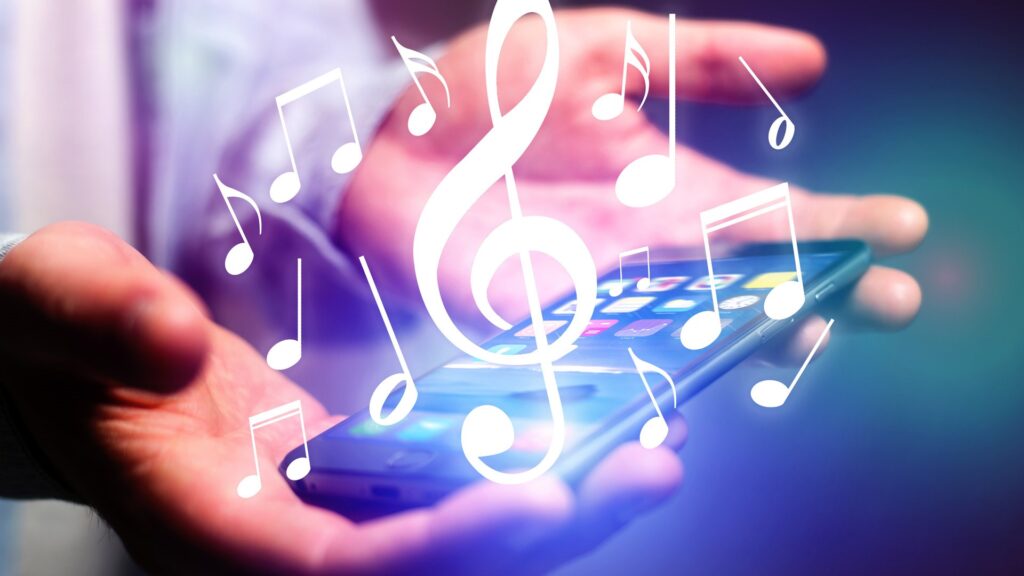
As a musician, it’s natural for me to listen to some type of music playlist while I’m in the office working. I certainly don’t restrict myself to any one genre.
National Day of Unplugging 3/3
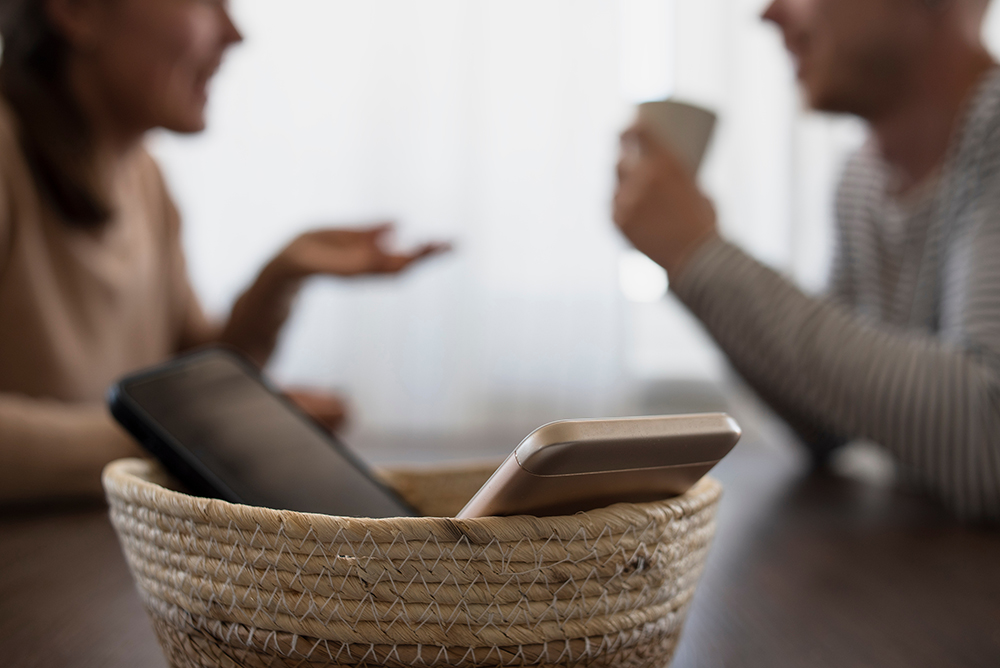
The average daily volume of media content consumed by an American during 2022 (per Oberlo) was 494 minutes, or about 8.5 hours.
What if you decide to abandon Twitter?
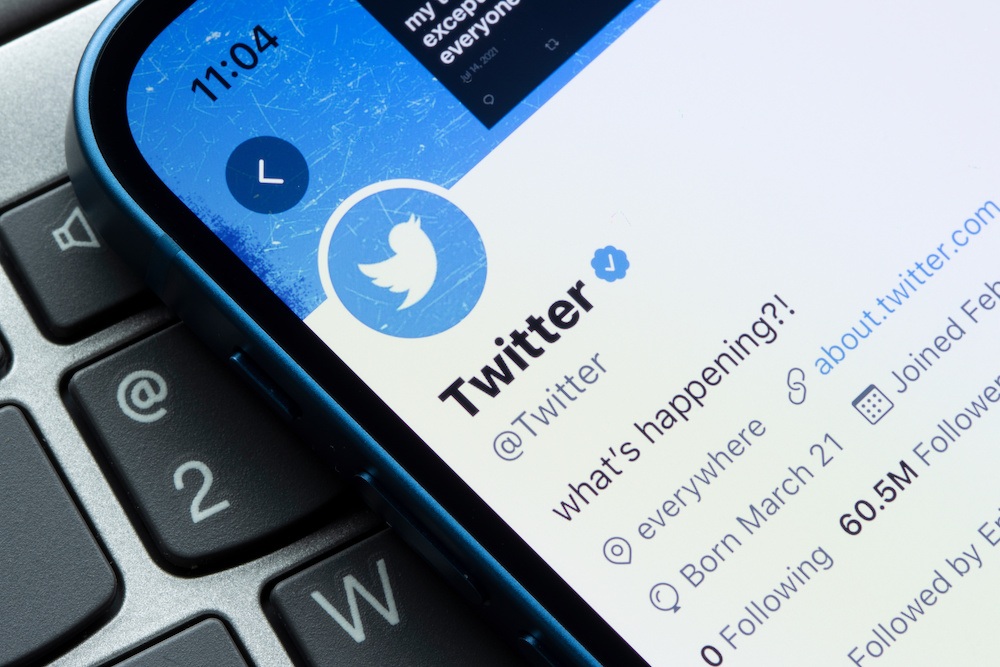
One of the best-known of all social media platforms, Twitter, is in the process of dramatically altering itself. Some changes that have already been implemented – or are thought to be coming soon – are concerning both to individuals and organizations that have utilized Twitter for years.

